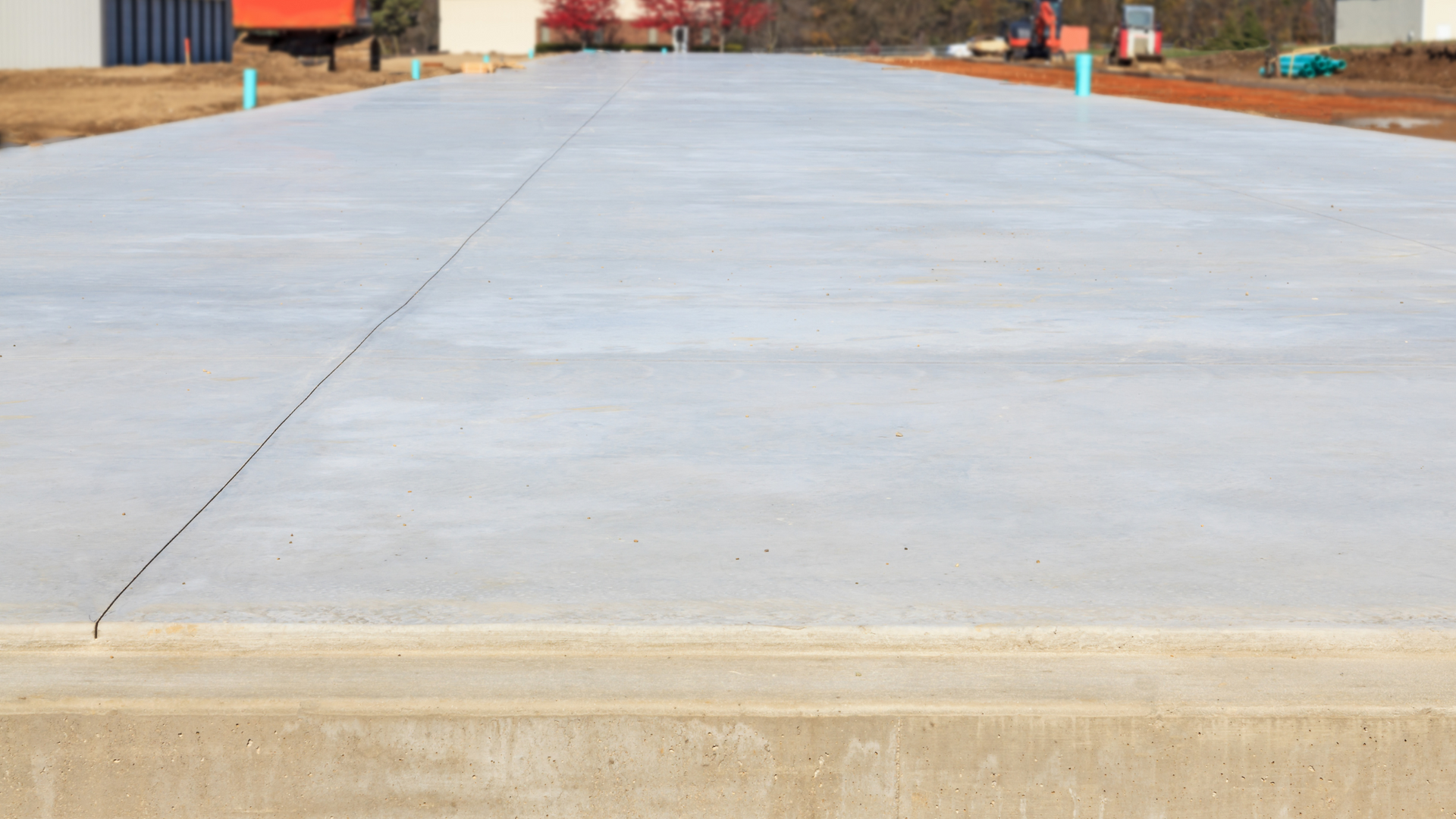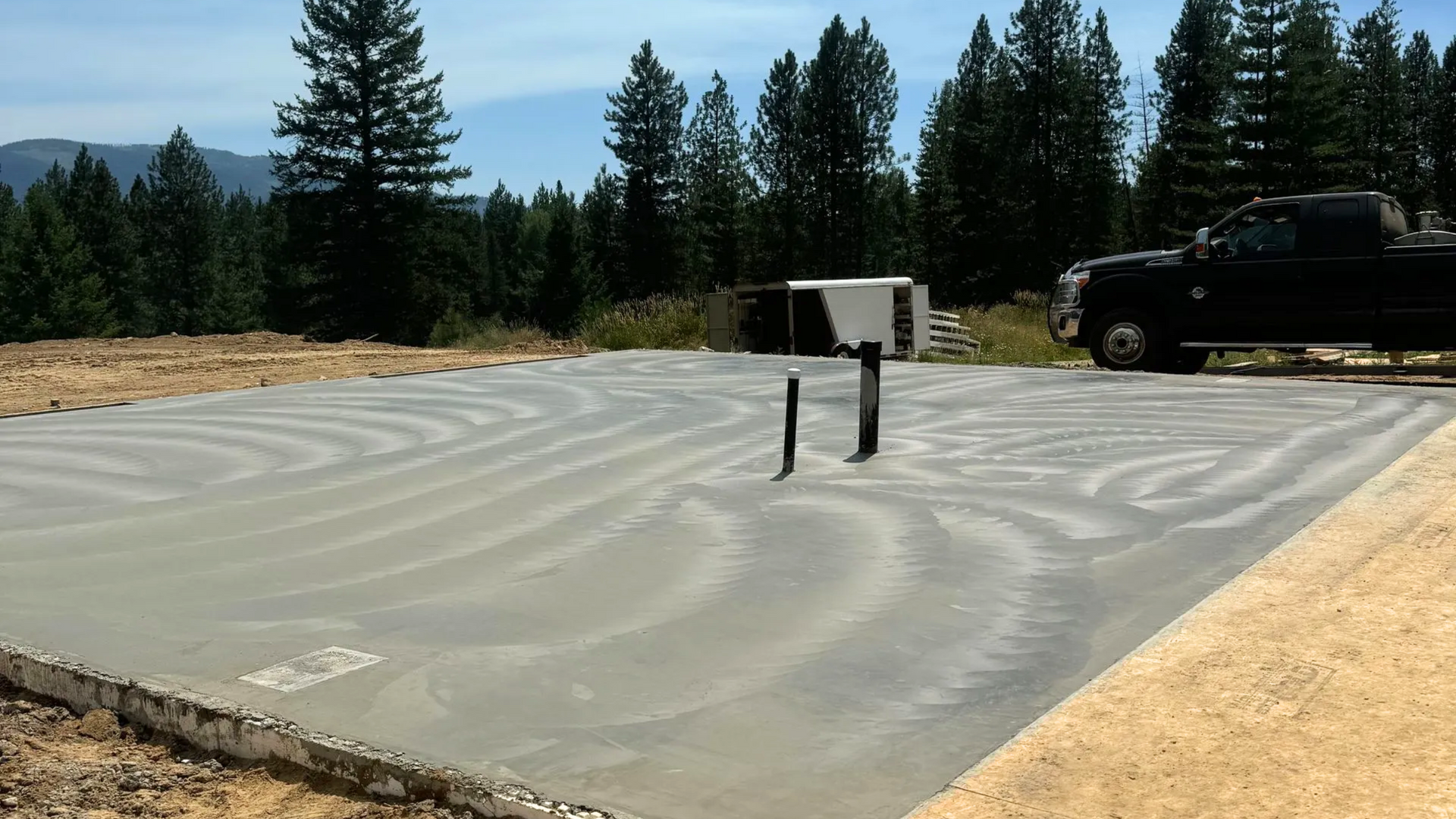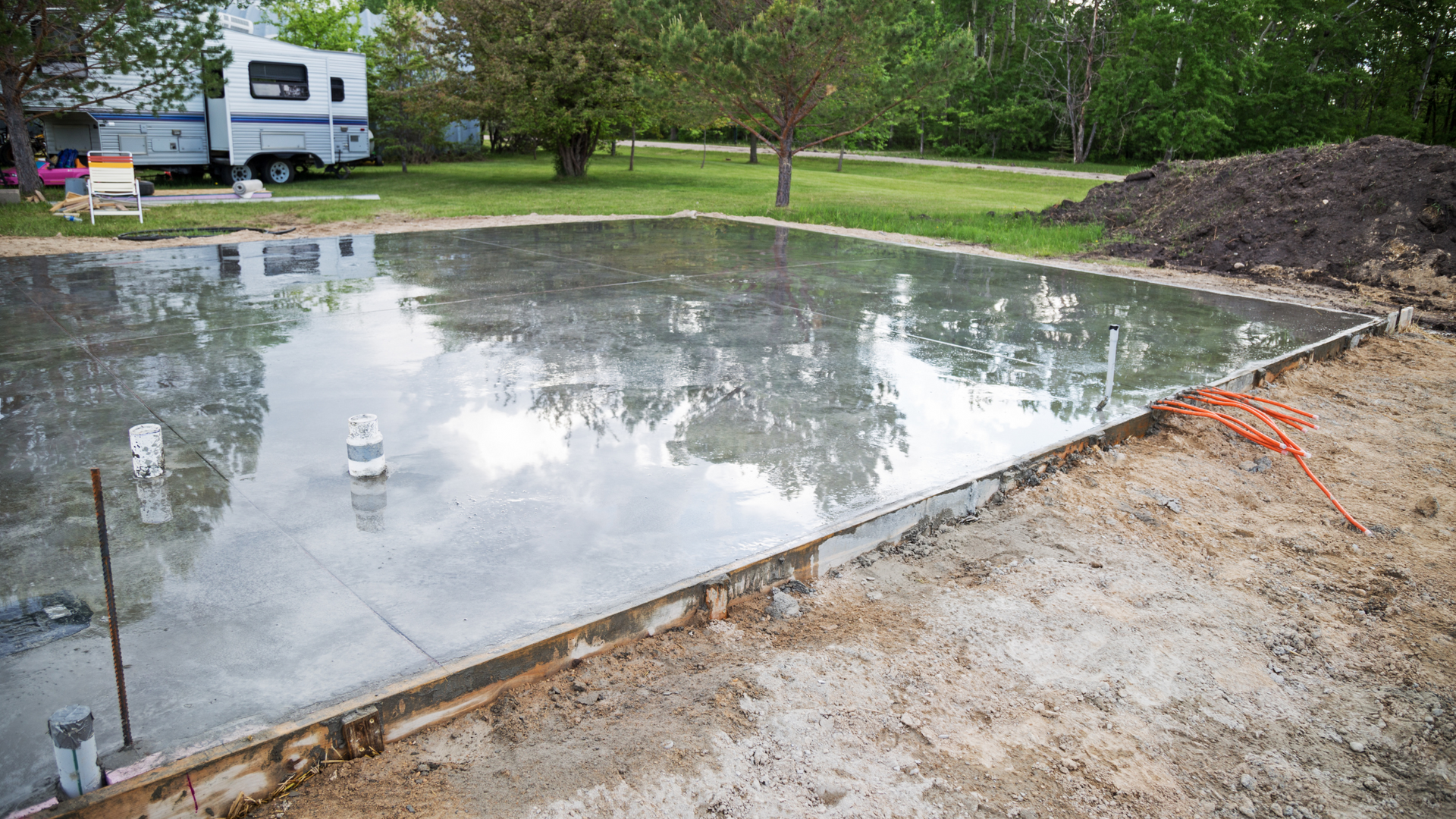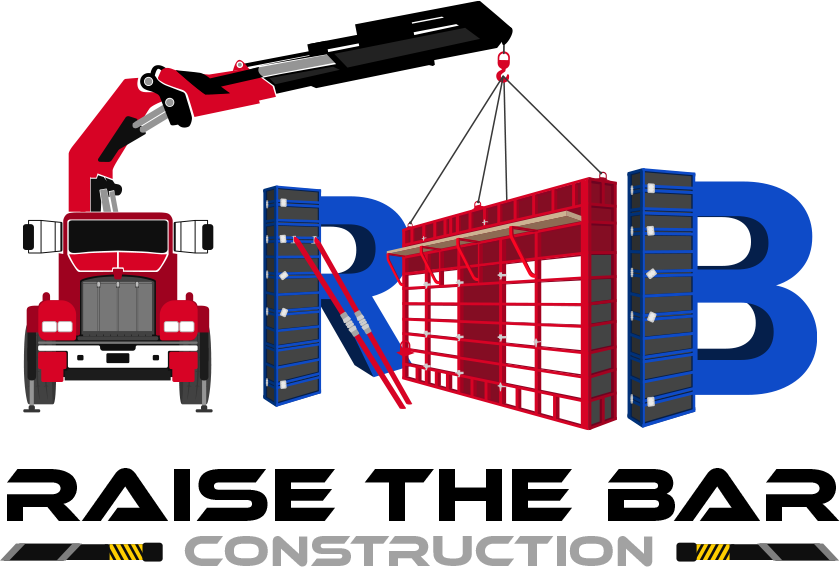What Is a Concrete Slab? A Beginner's Guide for Property Owners
Concrete slabs are one of the most popular foundation choices in construction today. They’re strong, simple to install, and work well for all kinds of buildings. Whether you’re building a new home, garage, or patio, understanding how concrete slabs work is a smart first step.
A concrete slab is a flat surface made by pouring concrete over a prepared base. The slab acts as a foundation, floor, or both. You’ll see them used in everything from sheds to large commercial buildings.
Moreover, concrete slabs are known for being reliable and cost-effective. They support heavy loads, require little maintenance, and resist rot, pests, and water damage.
If you're planning a construction project, this guide will help you learn the basics of concrete slabs, their types, installation steps, and what they cost.
Types of Concrete Slabs Used in Construction
There are different types of concrete slabs for different parts of your property. Some are designed for interior use, like home flooring or garages. Others are best suited for outdoor applications such as patios, driveways, and foundations.
Choosing the right type of slab depends on your site conditions, usage needs, and long-term goals.
Internal Concrete Slabs
These slabs are used inside the building footprint, often serving as the main flooring or structural foundation.
Monolithic Concrete Slabs
- This type is poured in one continuous operation. The slab and footing are part of the same form. It’s a popular choice for small homes, garages, and workshops with simple floor plans.
Slab-on-Grade Concrete Slabs
- These slabs rest directly on the ground. Reinforced with steel mesh or rebar, they’re ideal for stable soils and mild climates. Many residential homes use this as their main foundation and flooring surface.
Post-Tension Concrete Slabs
- These use steel cables that are tensioned after the concrete cures. This adds significant strength and is great for larger homes or buildings built on expansive soils.
Suspended Concrete Slabs
- These slabs are elevated and supported by beams or walls. They’re typically used in multi-story homes or buildings with basements or parking levels below.
Furthermore, internal concrete slabs require precise leveling and reinforcement to prevent cracking and uneven settling over time. Learn more about Interior Concrete Slabs here.
External Concrete Slabs
These slabs are exposed to outdoor elements and often support both foot traffic and vehicles:
Driveway Slabs
- Designed to handle heavy vehicle loads, these slabs must be thicker and properly reinforced. The subbase is critical to long-term performance and crack prevention.
Patio and Sidewalk Slabs
- These are usually thinner but still need good drainage and a solid subbase. Homeowners often add broom finishes or texture to prevent slips.
Concrete Slabs for Pole Barns or Shops
- Often built on rural properties, these slabs are poured over gravel bases and support machinery, tools, or equipment storage.
Exterior Stairs and Pads
- Used for porches, entryways, and small landings, these slabs must follow local building codes for safety and support.
Additionally, external concrete slabs need the right mix design and surface treatment to handle freeze-thaw cycles, moisture, and heavy use. Explore our Exterior Concrete Slabs services here.
How Concrete Slabs Are Installed: Step-by-Step
Here’s a simple breakdown of how concrete slabs are installed. While the size and shape may vary, most jobs follow these main steps:
1. Site Preparation
First, the area is cleared of grass, debris, and rocks. The ground is leveled and compacted.
2. Setting the Forms
Wooden or metal forms are placed around the slab’s shape. These hold the concrete in place while it sets.
3. Subbase Installation
A layer of crushed stone or gravel is added for stability and drainage.
4. Placing Reinforcement
Steel mesh or rebar is laid down. This step strengthens the slab and helps prevent cracks.
5. Pouring the Concrete
Concrete is poured into the forms. It’s spread and leveled using tools like screeds and trowels.
6. Finishing
The surface is smoothed. A broom finish or texture may be added for slip resistance.
7. Curing
The concrete must cure slowly. Water is sprayed, or curing blankets are used to prevent it from drying too fast.
Additionally, proper curing is one of the most important steps. Without it, the slab may crack or weaken over time.
Concrete Slabs: What Do They Cost?
The cost of concrete slabs depends on the type, size, and site conditions. Below is a helpful table showing average prices:
| Type | Square Footage | Average Cost |
|---|---|---|
| Small Slab | 100 | $600 |
| Medium Slab | 400 | $2,400 |
| Large Slab | 900 | $5,400 |
Source: HomeAdvisor, 2025 national averages
What’s more, costs can rise if you need excavation, special finishes, or thicker concrete for heavy loads.
Why Homeowners Choose Concrete Slabs
Concrete slabs offer several benefits that make them a popular foundation choice for both homes and businesses.
- They’re less expensive than basements or crawl spaces.
- They resist mold, termites, and moisture problems.
- They can be installed quickly with fewer delays.
Concrete slabs are also compatible with energy-efficient systems like radiant floor heating. Moreover, with proper design and construction, concrete slabs can last 30 to 50 years or more.
Common Applications for Concrete Slabs
You’ll find concrete slabs in more than just home foundations. Here are other common uses:
- Garage floors
- Outdoor patios
- Driveways and sidewalks
- Workshops and sheds
- Warehouse and commercial floors
Additionally, concrete slabs are used in pole barns, carports, and even outdoor kitchens. Concrete slabs provide the strength needed for both everyday foot traffic and heavier equipment or vehicles.

Questions to Ask Your Concrete Contractor
Before starting your project, ask these important questions to avoid surprises later:
- What type of slab is best for my budget, soil, and structure?
- I want something strong and long-lasting that fits my needs.
- What is the total cost, including site prep, materials, and finishing?
- I’d like a detailed quote—not just a square foot estimate.
- How long will the full process take, start to finish?
- I need to plan around construction time and curing days.
- Do I need a permit or inspection for this type of work?
- I want to be sure the work meets local codes.
- What type of reinforcement do you recommend, and why?
- I want to avoid cracking and improve slab performance.
Furthermore, a reliable contractor will walk you through the process, answer all your questions, and give you confidence in the result.
Are Concrete Slabs the Right Choice for You?
If you’re looking for a low-maintenance, durable foundation, concrete slabs are a solid choice. They suit a wide range of building types and fit most budgets.
Concrete slabs install quickly. They reduce future repair needs. And they perform well in both hot and mild climates. What’s more, you can pour them with minimal disruption to the rest of your property. Additionally, concrete slabs can be customized with stains, sealers, and decorative finishes for style as well as function.
Working with the right team ensures that your slab lasts and performs the way it should.
Let’s Build It Right from the Ground Up
At Raise the Bar Construction, we install high-quality concrete slabs across North Idaho. From garages and patios to full foundations, we handle every step with care. We take the time to prep your site properly, reinforce the slab, and cure it correctly.
We believe in doing things right the first time, so you don’t have to worry later.
If you're ready to start your next project, request a free estimate today or call us at (208) 610-2206. Let’s talk about your ideas, your timeline, and how we can help. We’re here to raise the bar on your build—starting with a strong, reliable slab.


